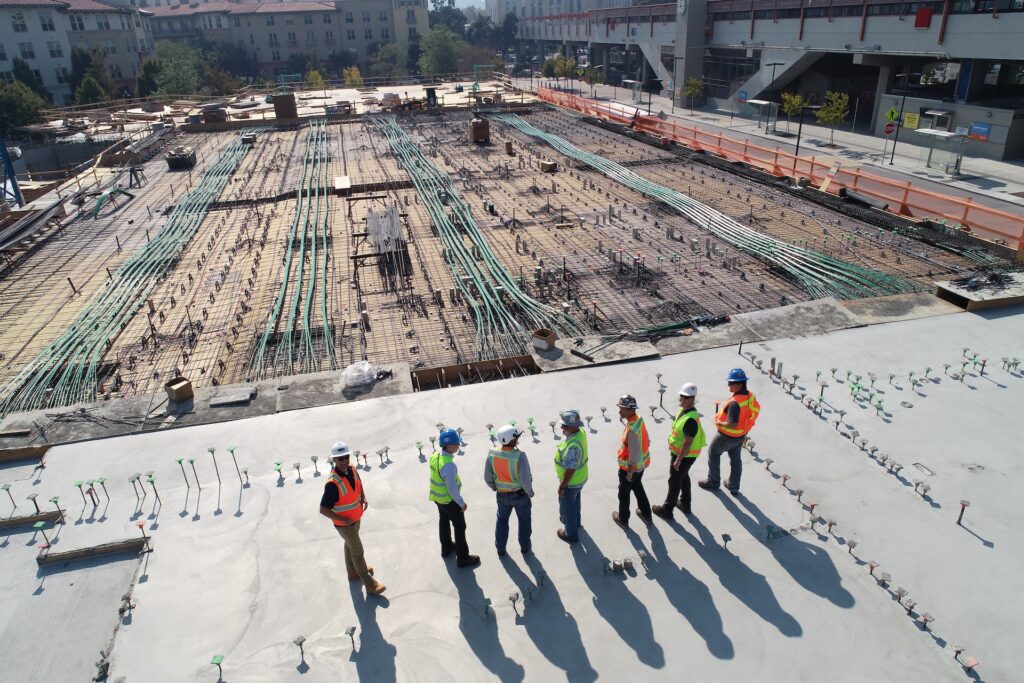Malaysia is a rapidly developing country with a growing need for sustainable and durable building materials using gate valve Malaysia. Traditional building materials like concrete and cement are often associated with environmental issues, including high carbon emissions and depletion of natural resources. In recent years, geopolymer technology has emerged as a promising alternative to traditional building materials due to its sustainable and durable properties. This article evaluates the potential of using geopolymer technology to produce sustainable and durable building materials in Malaysia.
What is Geopolymer Technology?
Geopolymer technology is a material science that uses aluminosilicates, such as fly ash or slag, to create a binding agent that can be used as a substitute for traditional building materials like cement. Geopolymer technology offers several advantages over traditional building materials. It has a lower carbon footprint, is more durable, and has a longer lifespan. Additionally, geopolymer technology can be made from industrial waste materials, reducing the amount of waste sent to landfills.
How is Geopolymer Technology Used in Building Materials?
Geopolymer technology can be used to produce a wide range of building materials, including concrete, bricks, and tiles. Geopolymer concrete, for example, is made by mixing fly ash or slag with an alkaline activator solution. The resulting mixture is poured into molds and allowed to be set. The final product is a strong and durable material that can be used for a variety of construction applications.

The Advantages of Geopolymer Technology for Building Materials in Malaysia
There are several advantages to using geopolymer technology for building materials in Malaysia. Firstly, geopolymer technology offers a more sustainable alternative to traditional building materials. The use of fly ash or slag as raw materials for geopolymer technology reduces the amount of waste sent to landfills, while also reducing the need for traditional building materials like cement. This results in a lower carbon footprint and a more sustainable construction industry.
Secondly, geopolymer technology is more durable than traditional building materials. Geopolymer concrete has a longer lifespan than traditional concrete, meaning that it requires less maintenance and repair over time. This results in lower costs and a more sustainable construction industry.
Thirdly, geopolymer technology has the potential to be a cost-effective alternative to traditional building materials. While the initial cost of geopolymer technology may be higher than traditional building materials, the lower maintenance and repair costs over the lifespan of the building can result in significant cost savings over time.
Conclusion
Geopolymer technology has the potential to be a sustainable and durable alternative to traditional building materials in Malaysia. The use of fly ash or slag as raw materials for geopolymer technology reduces the amount of waste sent to landfills, while also reducing the need for traditional building materials like cement. Additionally, geopolymer technology is more durable than traditional building materials, resulting in lower maintenance and repair costs over time. While the initial cost of geopolymer technology may be higher than traditional building materials, the long-term cost savings make it a cost-effective alternative in the long run. As Malaysia continues to grow and develop, geopolymer technology offers a promising solution for sustainable and durable building materials.
